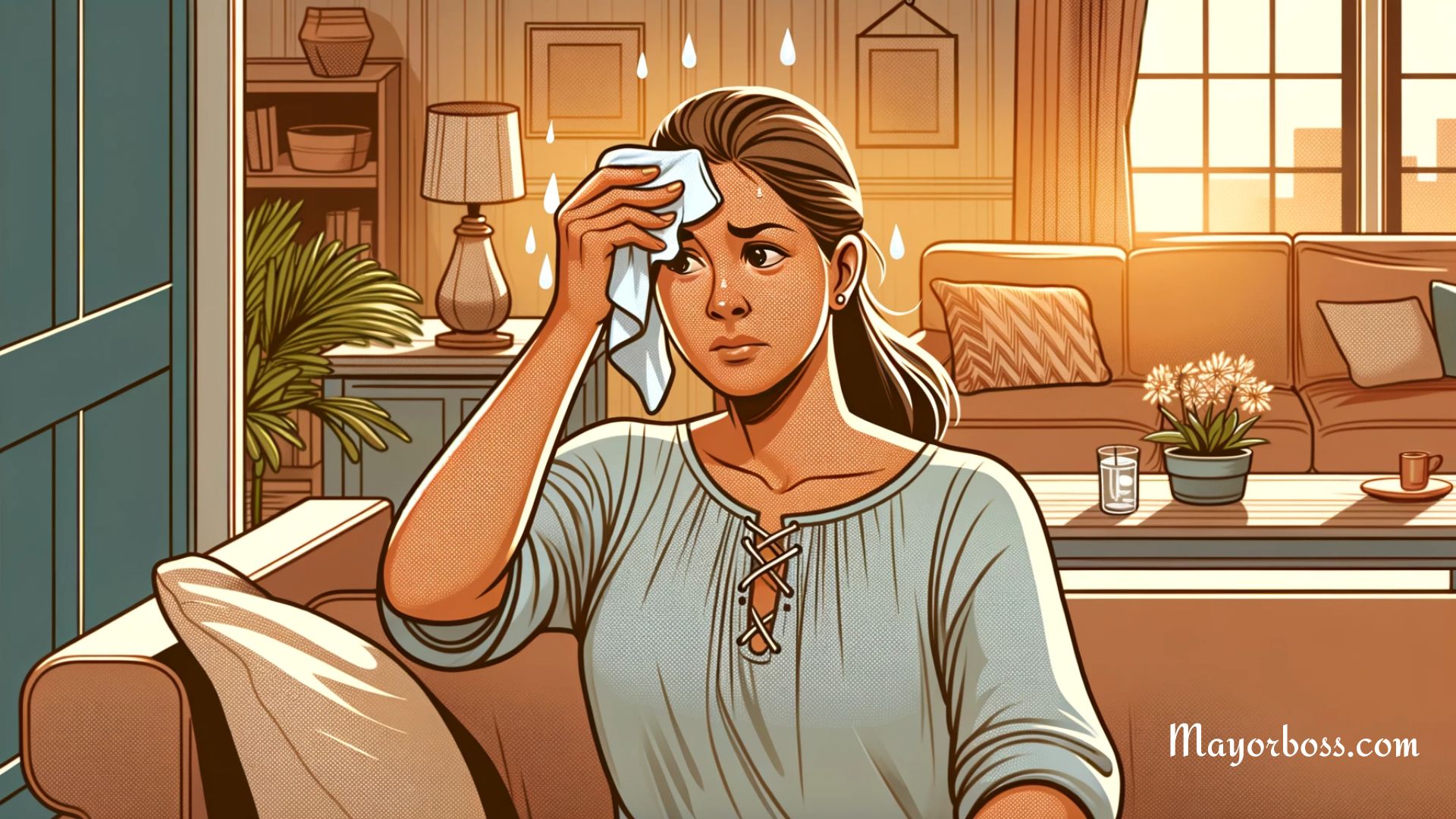Recognizing the Signs of Glaucoma
Glaucoma is a group of eye diseases that damage the optic nerve, a crucial part of our vision system. This damage is often caused by an increase in pressure within the eye. The early detection of glaucoma signs can help to prevent vision loss and manage the condition effectively.
Early Signs of Glaucoma
Glaucoma can be tricky to identify early, as it often presents no symptoms until significant vision loss has occurred. This is particularly true in the most common form of the disease, open-angle glaucoma. However, some potential early signs to watch out for include:
- Loss of peripheral (side) vision: This is often one of the earliest signs. You may not notice this gradual peripheral vision loss until the later stages of glaucoma.
- Mild headache or eye pain: Some people might experience these subtle symptoms, although they can be easily overlooked or attributed to other causes.
Advanced Symptoms of Glaucoma
As glaucoma progresses, more noticeable and disruptive symptoms can arise. These include:
- Tunnel vision: This is the result of continued loss of peripheral vision, where your field of vision becomes narrowed, like looking through a tunnel.
- Severe eye pain: The pressure build-up in your eye can lead to substantial discomfort or pain.
- Blurred vision: Your vision may become increasingly fuzzy or blurry.
- Halos around lights: Glaucoma can cause you to see rings or halos around lights, particularly in the dark.
- Reddening of the eyes: The eyes may appear red, reflecting irritation or inflammation.
- Nausea and vomiting: These symptoms, coupled with severe eye pain, can occur in acute glaucoma attacks.
Symptoms of Acute Angle-Closure Glaucoma
Acute angle-closure glaucoma, a less common form of the disease, is a medical emergency and can cause sudden symptoms, such as:
- Intense eye pain
- Severe headache
- Nausea and vomiting
- Blurred vision
- Glare and light sensitivity
- Seeing halos around lights
If you experience any of these symptoms, you should seek immediate medical attention.
When to Seek Medical Care
Regular eye exams are crucial for the early detection of glaucoma, especially if you’re over the age of 60 or have a family history of the disease. These examinations are the best way to protect your sight because glaucoma often shows no warning signs until vision loss has occurred. If you’re experiencing any of the symptoms mentioned above, you should consult with an eye care professional immediately.
Preventing Glaucoma
While you cannot prevent glaucoma itself, you can mitigate the risk of significant vision loss by catching it early. Regular eye exams, including specific tests for glaucoma like tonometry (measuring eye pressure), ophthalmoscopy (examining the optic nerve), and visual field tests, can help detect glaucoma in the early stages and allow for treatment to begin immediately.
Further Reading: Treatments for Glaucoma






